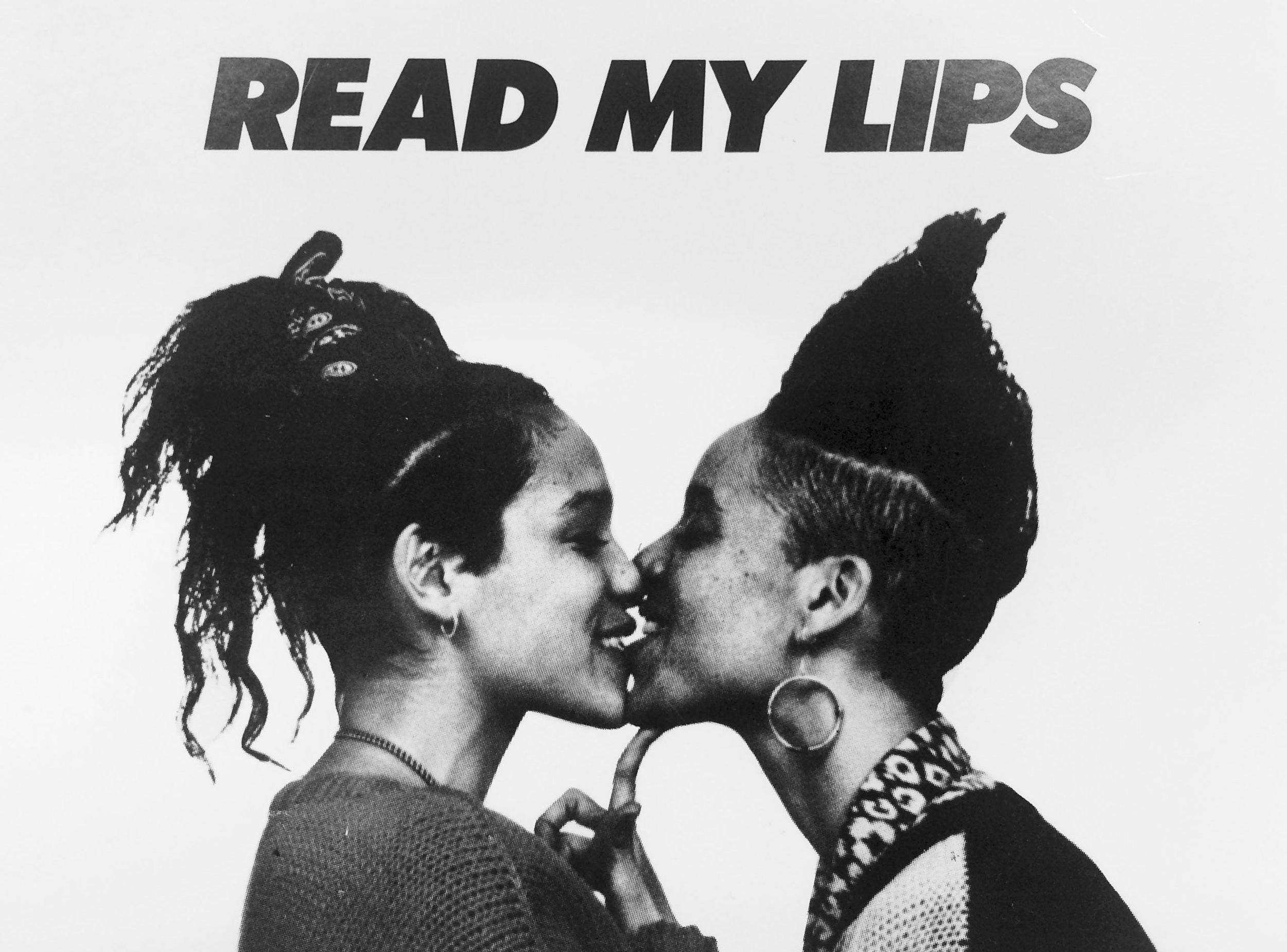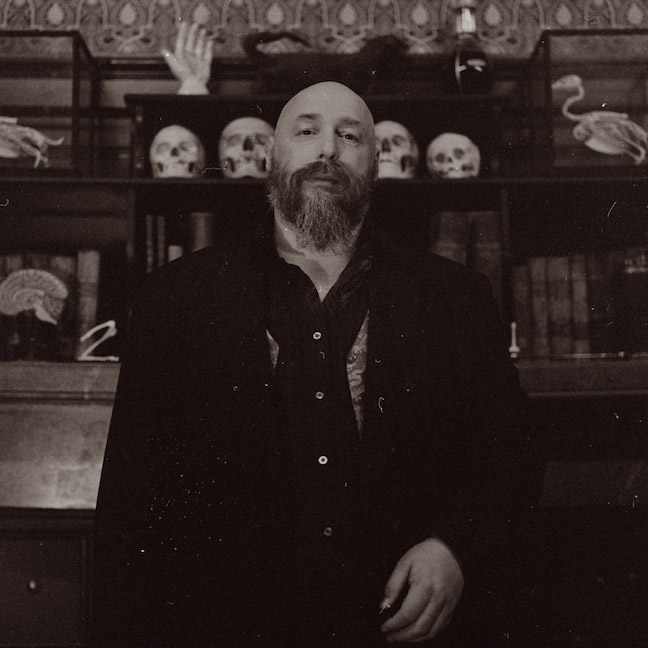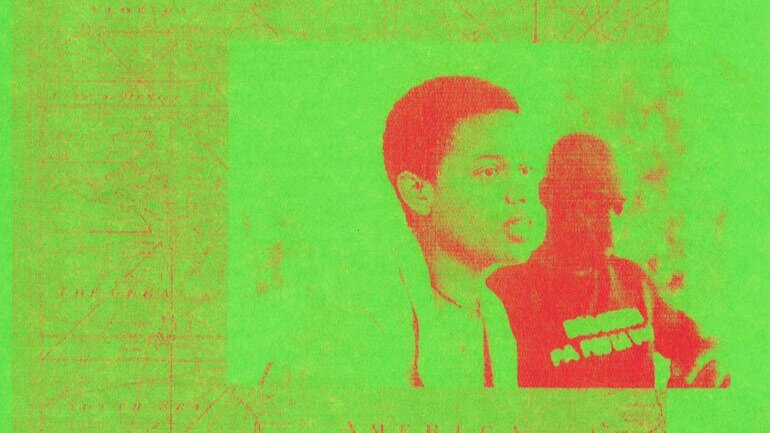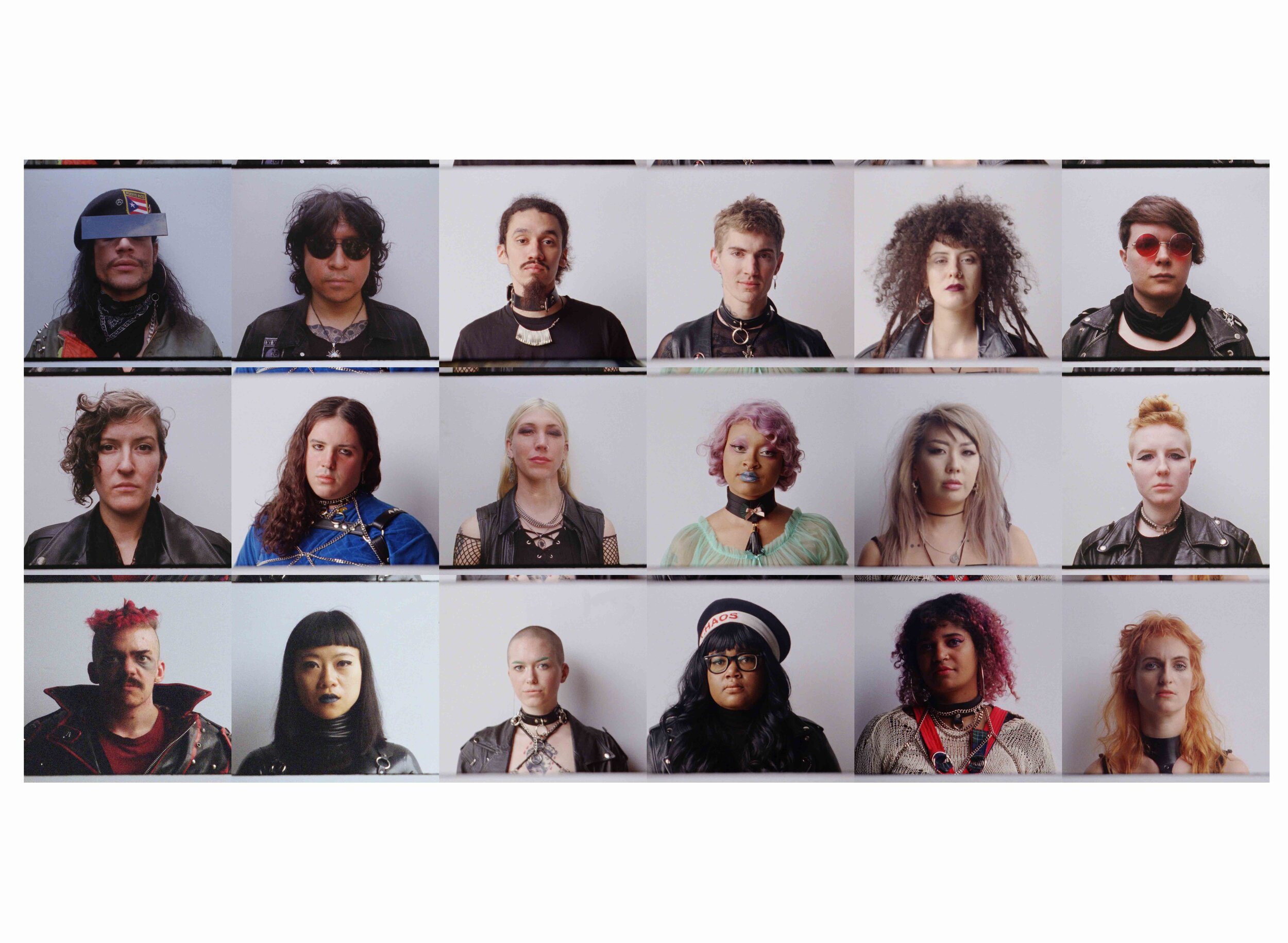Homelessness, Contradictions and The Common

Photographer Nick Meyer documented the homeless people who occupied the common ground at the heart of his native Greenfield, Massachusetts, telling their stories and selling a zine – 90% of the proceeds of which go to help affordable housing in the area.
In 1634, the citizens of Boston purchased a piece of land for the public, and unintentionally laid the groundwork for the oldest public park in the United States. Inspired by the English grazing fields, the purpose of the Boston Common was straight-forward: a pasture for cows to roam. However, by the early 18th century, the need for public assembly rose and with it myriad sociopolitical conundrums. Being as much an ideal as a physical space, the Common replicated itself manifold and became the quintessential detail of New England urban design. Often placed next to the town hall and church, it is the nucleus of innumerable towns of Massachusetts – a public park unbound by city ordinances both haunted by the spectre of American history, and simultaneously an expression of the ever-present potential of public assembly.
This past summer, the homeless population of Greenfield, Massachusetts took advantage of such freedom and occupied ‘The Common’ in an act of pure pragmatism. Up to 30 homeless citizens lived on this 100ft x 30ft patch of land, and what was once a city park where young companions fluttered by with thumbed-through books of poetry transformed into an odorous, vivid expression of American poverty.
Being that Greenfield is a largely liberal town, what followed was an awkward unveiling of contradictory spheres of American life. The mayor was caught in a standstill, playing politics to a liberal base who, while theoretically holding a deep obligation to the homeless population, desired practically to return to normalcy – an aesthetic where poverty did not rear its ugly head. The health department stepped in, and before the end of the summer, the grass was being reseeded and the town returned to the status quo just in time for October’s foliage.
“Being that Greenfield is a largely liberal town, what followed was an awkward unveiling of contradictory spheres of American life.”
Contradictions run amok in American life. Sprouting like weeds out of cement, they exist in all dimensions both personal and political alike. If you observe any element of the American political landscape, Greenfield’s ‘The Common’ being a potent example, what becomes clear is what ought to be common or shared, both knowledge and physical space, is highly contested – the result of which is ideological polarization, a breeding ground for further contradiction.
Nick Meyer is a Greenfield native and photographer who recorded the narratives of the homeless occupiers, photographing them as individuals part of a larger story of low-income living. Frustrated by continually “pretending that [his] liberal utopia is as perfect as ever, and any blemishes can be blended into the landscape,” Meyer published the images and transcribed narratives in a small newsprint book entitled the “The Common”. 90% of the proceeds go to affordable housing in Greenfield, a small but fruitful step towards ailing the impossibly big problem of American poverty, while also highlighting the role of Common Property Resources (CPR) in such an issue.
CPR is often shrugged off and labelled a ‘double bind’: the approach being either a complete private property solution or authoritarian state rule. Meyer’s ‘The Common’ offers a different approach. By capturing the story of individuals who otherwise are casted as representative of a political conundrum, Meyer allows for a non-technical solution, ultimately illustrating how art and storytelling can be effective when political reason cannot. These photographs are a keyhole into the life of the homeless without relying on voyeurism. The transcribed stories are raw. They’re real, free of cushion and they make you feel something human; an unfiltered emotion that forces one into empathy.
“The Common” is available on Meyer’s site where he is selling a limited-edition of 500 copies for $5,$10, $15, and $20.
“My second wife, Wendy- She's from Virginia. I've only been married twice. I have one son, and that was from my first wife, Melissa, Missy Faye.
Then after my wife, Wendy, and I, when we split up in 2010, I made the choice that I knew I couldn't, I couldn't see her with another man. We never cheated on one another, we just-I guess it was just time. Sometimes shit runs out.
Her brother, my little brother-in-law, Taryan, him, and his best friend, and my father-in-law, they drove me up to Wyomissing to my mom's house and dropped me off. Wendy and I ... 13 years, we never actually got a legal divorce, but down south, they have a seven year thing. They call it abandonment. So if you're gone for more than seven years, the husband or the wife, it's legal divorce.
She wasn't with anybody else, when her and I split up. Like I said, we never cheated on one another. We stayed faithful. It was just time for us to go our separate ways. And, it sucks! It took me about two years to get over that shit. I had been with her for so long, and I loved her so much. It was just time.
I moved to Pennsylvania. I was down in Wyomissing and Redding, I was homeless down there for a little bit. Me and my friend, Renee- That was the first time I was homeless… This isn't tears. It's sweat.”








